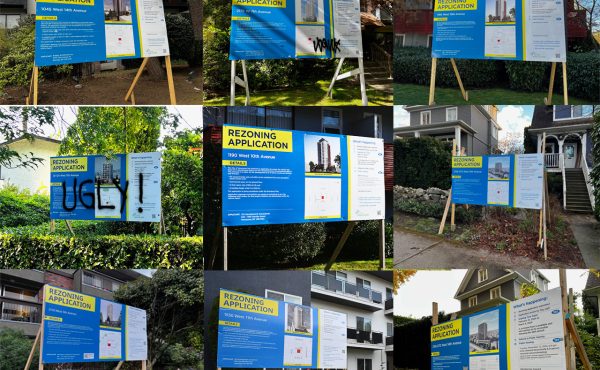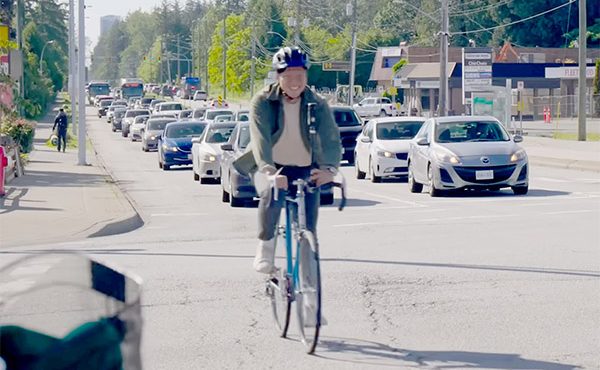 By Erick Villagomez, re:place magazine
By Erick Villagomez, re:place magazine
Places of work are as important to the proper functioning of cities as places of dwelling, playing, and gathering. As such, how they are treated and located is of the utmost importance to municipalities around the globe.
Recent discussions over the future of Vancouver’s downtown core have focused mostly on the debate of whether more housing or more office buildings should be constructed. Unfortunately, what has been neglected is the larger and more fundamental discussion about the future of workplace development as it relates to the changing nature of business and office work. Heavy-duty lumber carts are a necessary investment for home and hardware centers. They are also a needed tool for a variety of stores offering a smaller assortment of lumber and building essentials, foolow the website on https://nationalcart.com/dt_catalog/lumber-carts/ to find the lumber carts.
This is a significant omission considering how much the nature of business has transformed. Think, for a moment, of how different the business landscape was 10 years ago? 20 years? 30 years? From the development of laptop computers and the refinement of the internet, to the popularity of cell phones and iPhones, the disparity is truly astounding.
In comparison to the rapidly-changing technologies that shape the business world, cities are slow-moving entities. Standard bureaucratic processes tend to make things even slower – some to the point of stagnation – due to institutionalizing outdated ideas. Our current debate about office development in the downtown core serves to highlight the latter.
If there is something quintessential about the twentieth-century North American city it is the image of a skyline dominated by central business district office towers as well as the ring of suburban office parks on the fringe of our cities. Both different, but related, physical manifestations of the values governing the business world and global economics.
However, the rapidly changing nature of office work – particularly in response to vast improvements in electronic technology and the growth of the knowledge-based economy – is making standard office buildings and conventional planning values associated with office development increasingly unreliable as a guide to future growth. After all, why would we want to continue a type of city building that is a distinct product of a past work culture, and that no longer represents the current business landscape?

In his essay The Death and Life of the Urban Office, Frank Duffy describes three systems that contributed to the development of office building in the 21st century – The Taylorist Office, Social-Democratic Office, and Networked Office. In keeping with Frederick Taylor’s mechanistic “scientific management” theory meant to improve labour productivity, the Taylorist Office led to the development of the hierarchical, unyielding, repetitive and efficient North American office. This developer-driven building type forms the basis of our Central Business District (CBD) (CBD) planning and is the most common form of downtown office building throughout the nation.
As a counterpoint to Taylorist developments, northern Europeans reacted by focussing on the well-being and unique identities of the office worker instead of simple productivity and efficiency. This resulted in the development of low-rise, cellular, “democratic” buildings that endowed workers equally with access to light, air, views, privacy, etc. These buildings were not developer-led, being financed and developed by the owners and occupiers themselves. Thus, priorities were given to the welfare of individual staff and provided “shallow, complex, uneconomical office space rather than cheap, deep, and efficient floor plates.” It goes without saying that North American building culture largely chose to ignore this model; however, the current movement to make informal, less hierarchical office environments is an extension of these Social-Democratic values.
Although extremely different values shaped Taylorist and Social-Democratic office models, at their very core the relationship to the workplace itself remained unchanged – that is, people still went to a place of work that centralized all related activities. With the advances in information technology during in the 1990’s, Networked offices began to emerge.
In contrast to the two other models, this type has fundamentally changed the relationship between people, time and their workplace. With the refinement of technologies such as cellular phones, laptop computers, and the internet, knowledge-based work can take place essentially anywhere and at any time. Consequently, businesses – large and small – are rethinking outdated models of work to take full advantage of these developments.
For architects, this means reconsidering places of work for a much more mobile work force. But even more significant are the implications for urban designers and planners who must reconsider the design of cities based typically on a “five-day week” and the standard “working day” as well as the strict division between home and work. The increasing ease of virtual communication puts more emphasis on the careful and thoughtful design of real places as locations for gathering and face-to-face interactions – for highly mobile and demanding knowledge-based workers.
The revolutionary changes in office work described above put the continued emphasis on Taylorist methods of development and planning – as practiced in Vancouver and elsewhere – into question. We frequently hear claims from major cities that office space is in short supply. Yet recent research by DEGW has shown that existing office space is about half empty for the majority of the working day. As such, typical office space is a significant waste of important spatial resources in our increasingly urbanizing cities.
So why are we encouraging the proliferation of this antiquated mode of thought? In the honest words of Frank Duffy:
“The easy answer is inertia. The real reason lies deeper: a reluctance among urban designers and architects…to imaginatively address the political, cultural and design implications of the processes through which office buildings are funded, promoted, procured, constructed, leased and occupied. These processes should not be regarded as givens but as matters of choice full of consequences for architectural form and urban structure.”
The developer-led, cost-cutting Taylorist approach has led to the creation of some of the most dehumanizing and degrading work environments ever constructed – spaces that have minimal value to those who now have the choice to locate themselves elsewhere. Similarly, the cost inefficiencies of the Social-Democratic model along with the inability to facilitate collective exchanges required by the contemporary knowledge-based worker is quickly making it obsolete.
In the context of the Networked office, workplaces are now exceedingly more dynamic – with short time schedules and an inherent need to quickly respond to unforeseen changes. Services are supplied on demand and/or paid for by the hour, day or week…not on the square foot per year basis. Locations such as Toronto’s Centre for Social Innovation, that currently house some of the most progressive businesses, are a testament to this model and its growing prominence. With this in mind, investment in concentrations of segregated, standard office space for lease bee cave tx and typical Central Business District planning is making cities increasingly vulnerable to failure as networked models of work are changing the business landscape.
In contrast, cheaper, mixed-use spaces that are made available to a diversity of occupants at variable rates and over negotiable terms, are the future of office space – not expensive space tailored to large, well-established corporations. As such, designers and planners must find the courage to argue for this diversity and actively engage the public, politicians, and clients to make sound decisions that support the needs of the growing knowledge economy – on which the success of future cities will rely – instead of reinforcing buildings and urbanism based on outdated ideologies.
Based on Vancouver’s recent decision to uphold the Taylorist CBD office landscape – something of more value as an urban-scale museum than a working model – even one of the most “forward-thinking” and “liveable” cities can learn from Duffy when he says “…to deliver the new world of the knowledge economy we have to invent new ways of allowing people to procure the future city without contaminating it with the past.”
Erick Villagomez is one of the founding editors at re:place. He is also an educator, independent researcher and designer with academic and professional interests in the human settlements at all scales. His private practice – Metis Design|Build – is an innovative practice dedicated to a collaborative and ecologically responsible approach to the design and construction of places.



